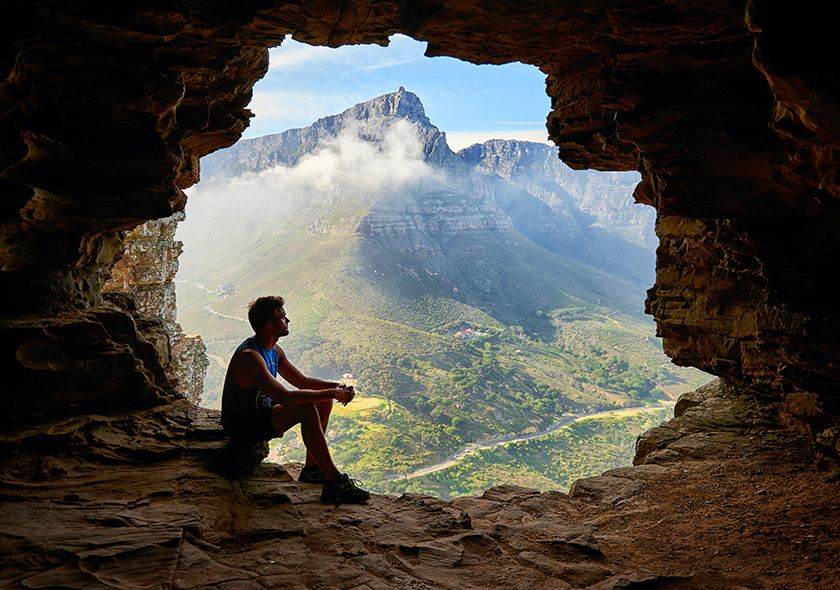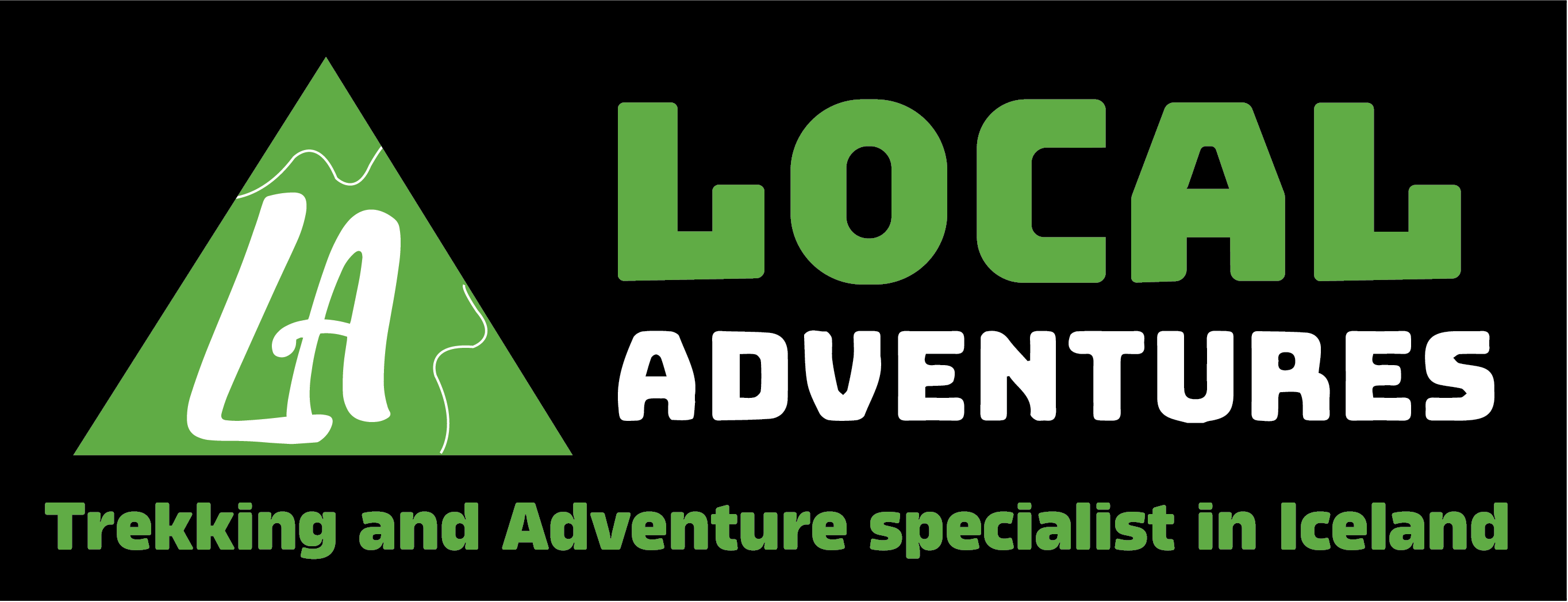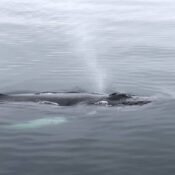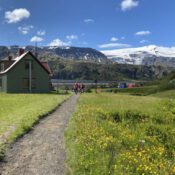What It’s Really Like to Experience Iceland
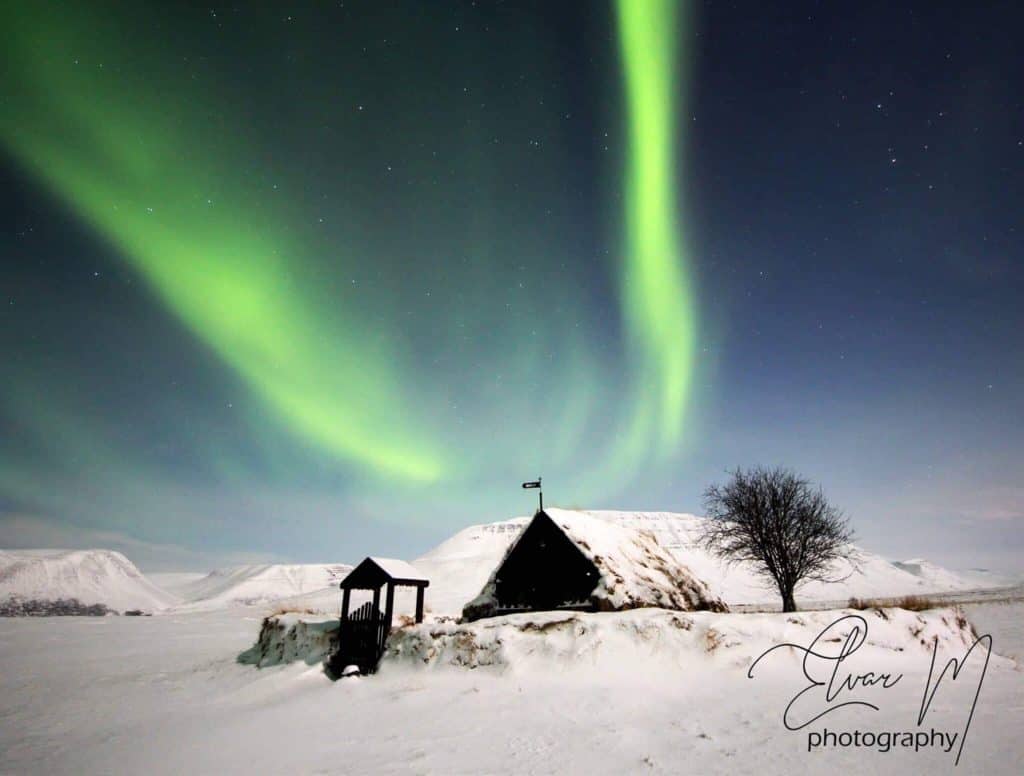
What It’s Really Like to Experience Iceland
Waterfalls drop off cliffs in a big, loud splash, and right under your feet, volcanoes sleep quietly. Big chunks of ice from ancient times shape the land, and as far as the eye can see, the landscape is marked by mountains, hills, and lava fields. It’s easy to feel like you’ve just stepped onto another planet, or like this is what the moon looks like, with all the island’s craters and black sand beaches. There’s also wildlife all around: from seals lounging by the sea to arctic foxes, and plenty of puffins with their bright orange glow and comical awkwardness if you get a chance to see them in flight.
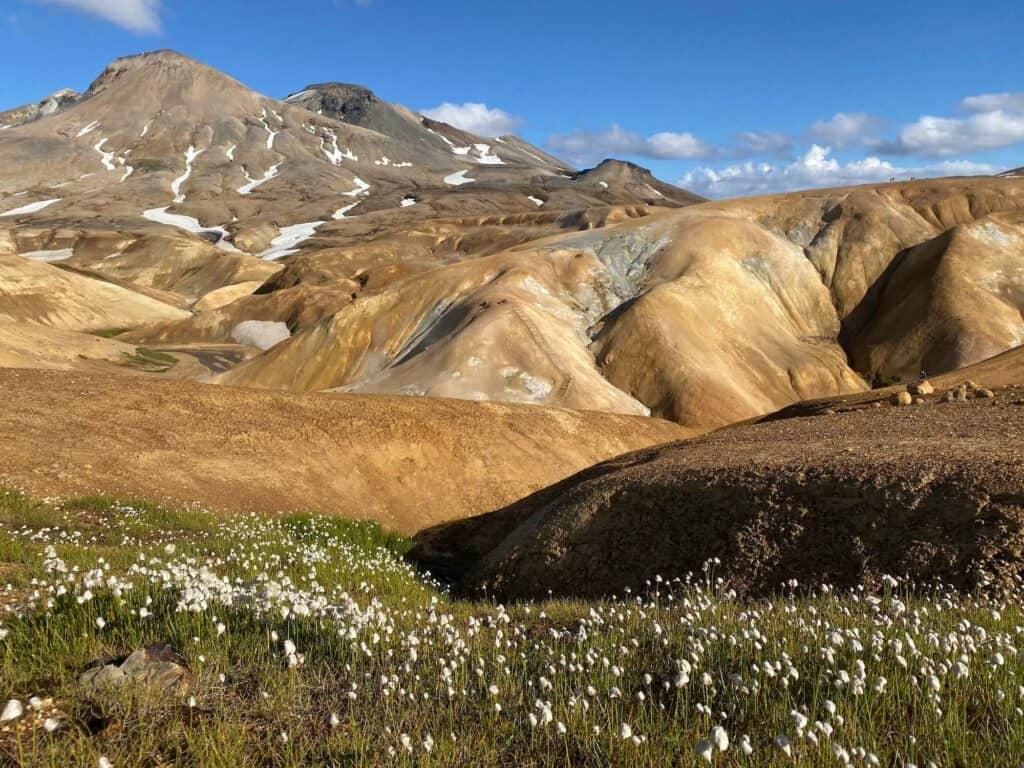
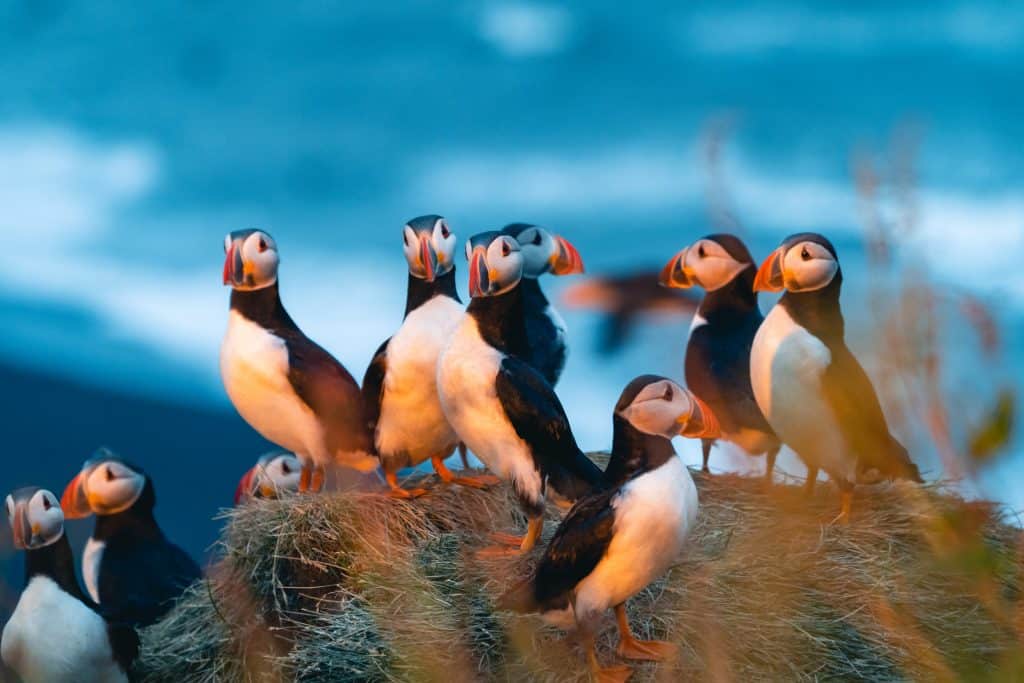

This is the Iceland we locals enjoy: a land brimming with stories, natural diversity, northern lights, and ever-changing landscapes. Yet, too many people rush through, ticking off must-see places but missing out on the small things and the heart of the matter – the joy of adventure. You, the curious traveler, the nature explorer with a wild heart, deserve more than just a bus full of other tourists and a mere “we have 10 minutes for pictures” stop.
For the summer season, we have prepared trips to connect directly with beautiful nature and the local culture – the places to feel the essence of Iceland. Let’s take a look at some of them!
Álftavatn
The Álftavatn lake is part of the popular hiking trail, Laugavegur. If you are like me, someone who loves remote places, you’ll be pleased to know that it’s quite difficult to reach Álftavatn by vehicle, and you need to hike to get there. Thus, such locations feel like a reward for your efforts – a place that, for a moment, belongs solely to you.

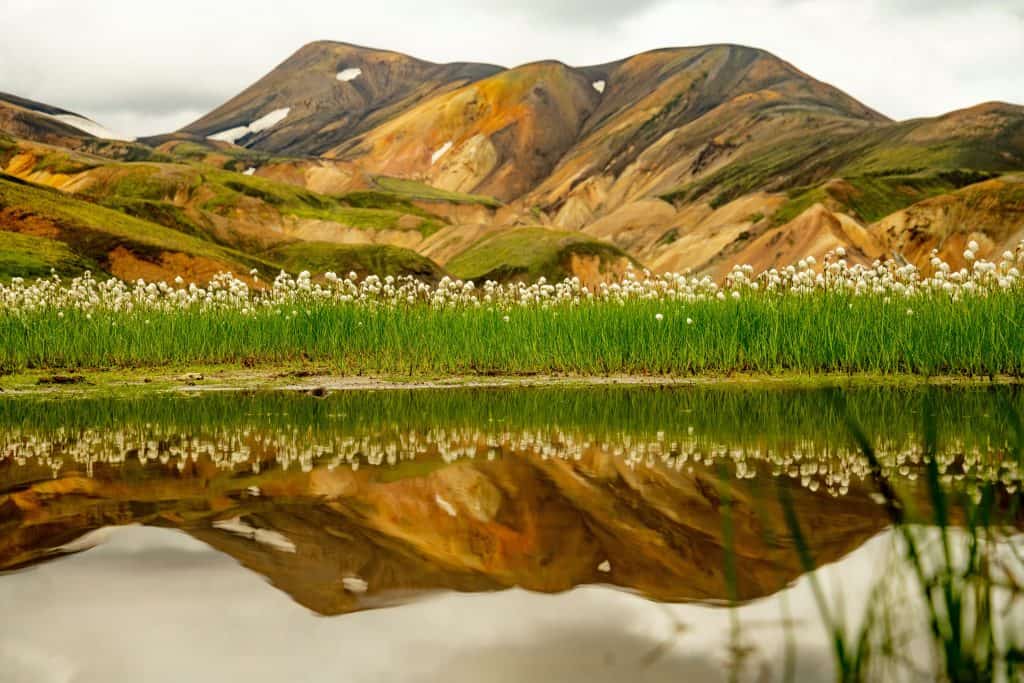
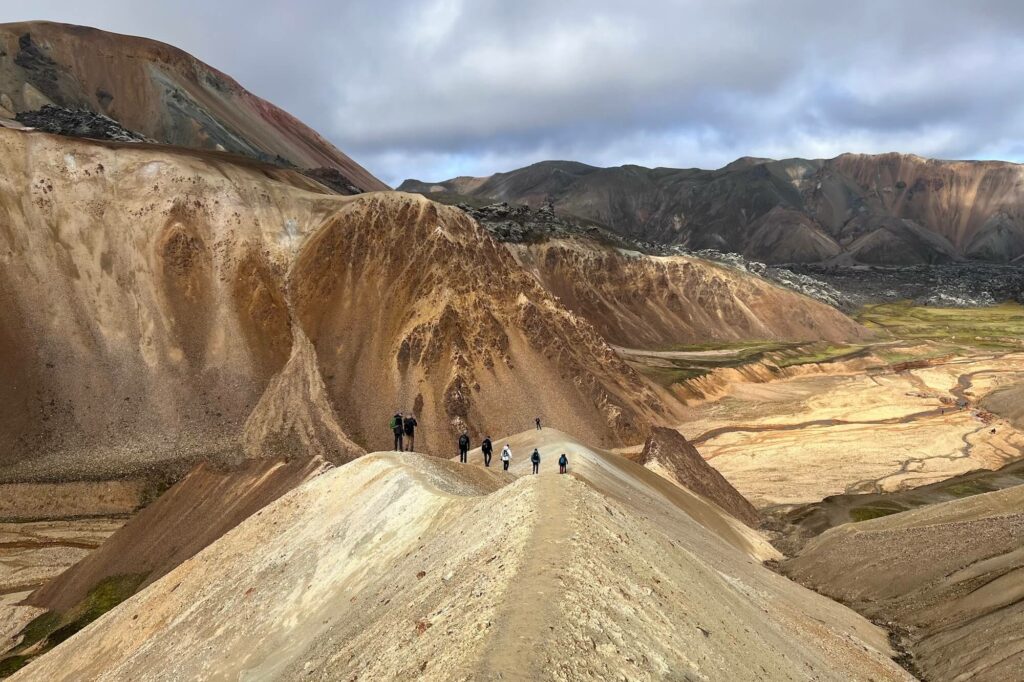
The journey to the lake is breathtaking in its beauty and diversity, perfectly capturing the country’s raw natural wonders. Remember mentioning how easy it is to forget you’re in Iceland and not on another planet? Álftavatn is exactly that kind of place, surrounded by multi-colored rhyolite mountains that make you feel like you’re somewhere on Mars, except it has steaming hot springs and mud pools. The lake itself is also home to a wide variety of ducks, swans, and other bird species, making it a perfect spot for birdwatching enthusiasts.
Thórsmörk
After some days on the Laugavegur trail the landscape and nature gradually transform, with plants becoming grassier, bigger, and taller. Soon, something unusual for Iceland appears… Trees!
There’s this classic joke about our trees:
What should you do if you get lost in an Icelandic forest? Stand up.
You see, Iceland is almost a treeless land. Believe it or not, it wasn’t always like that. Back then, when the Vikings first arrived at this remote island in the North Atlantic Ocean, the forests covered about 25% to 40% of Iceland’s land area, while these days it is only about 2%.
Thórsmörk is a green paradise that lets you experience what an Icelandic forest is truly like. It is home to birch trees, ferns, shrubs, and other plants, all thriving abundantly in this nature reserve.

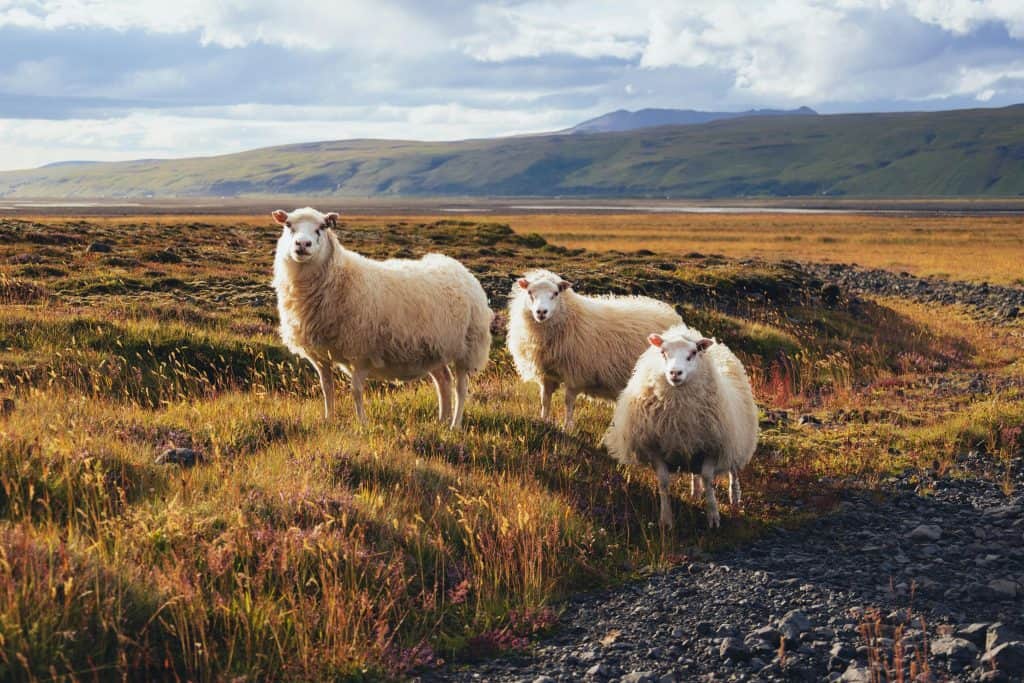
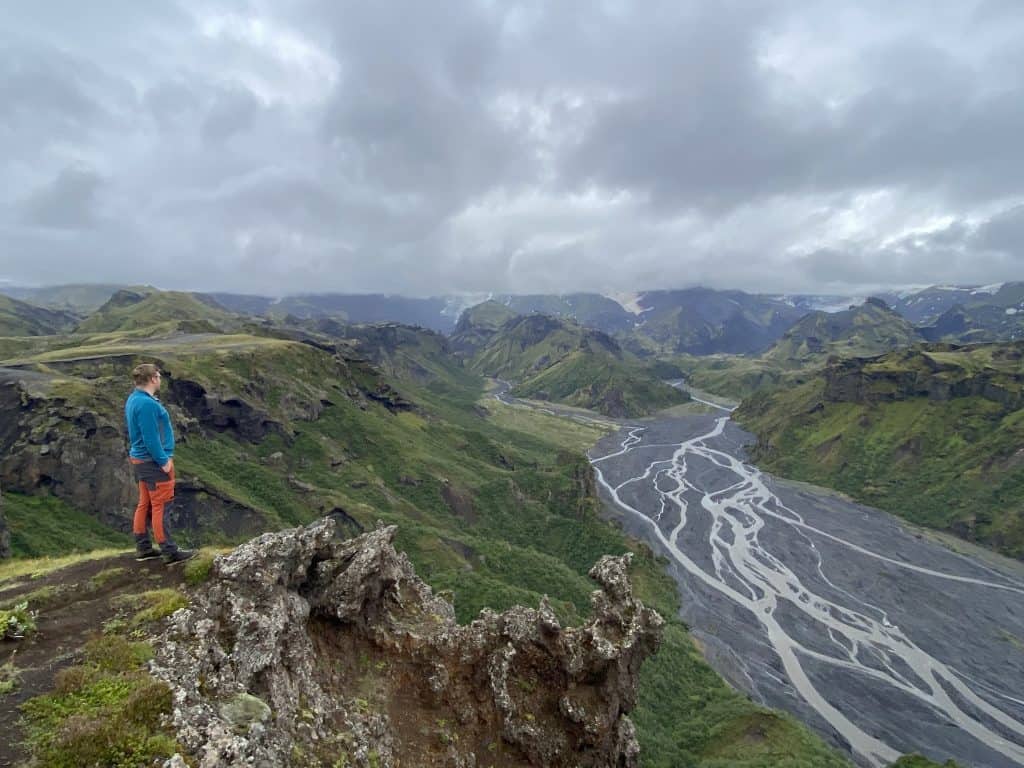
There’s also something about the whole area of Thórsmörk that stays with you: the wilderness of huge moss-covered mountains, three majestic glaciers – Mýrdalsjökull, Eyjafjallajökull, and Tindfjallajökull, rivers weaving through the valleys, and many other wonders to discover.
Vík í Mýrdal
Ah, Vík – what a charming seaside village nestled in the southern part of Iceland. It’s kinda funny, but even though Vík means “bay” in Icelandic, there’s no actual dock here. The village is known for its natural surroundings and the iconic red-roofed church that sits on a hill above the town.
Not far from Vík is Reynisfjara, the black sand beach, considered one of the most beautiful beaches in the world. Yes, the beaches here in Iceland are indeed black, not from soil or mud, but rather from the volcanic past. So when we say the black “sand”, it is actually lava dust from eruptions long ago.
I won’t lie to you – the black sand beach at Reynisfjara and its hexagonal basalt columns are quite popular. You might have to share the lava dust here with a few other travelers, but don’t let that put you off. There’s plenty of space to spread out, and trust me, the experience is worth it.
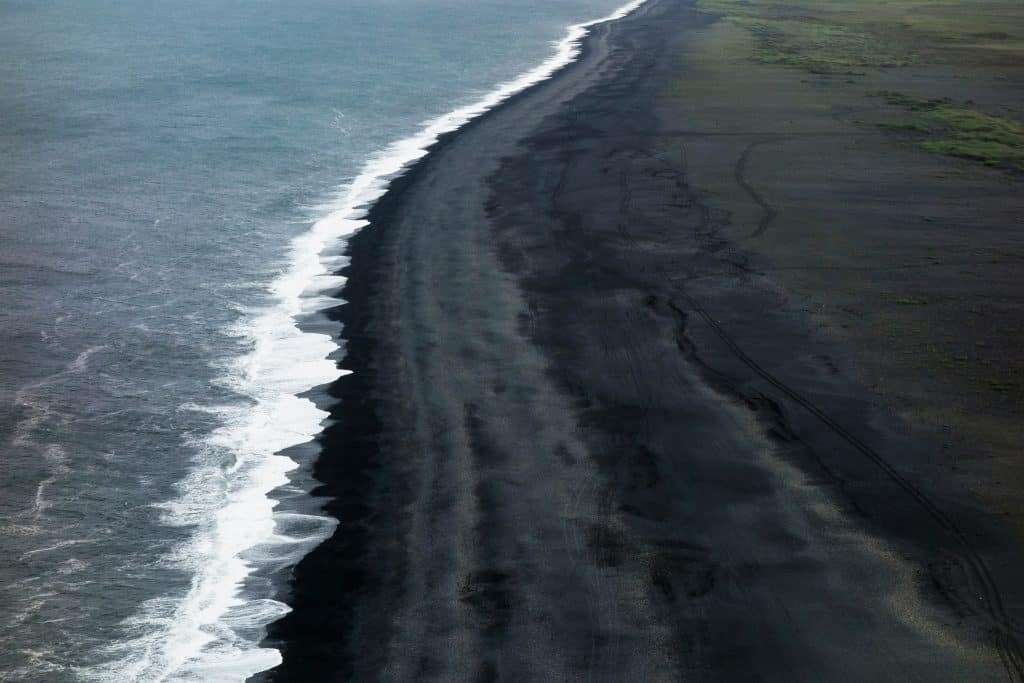

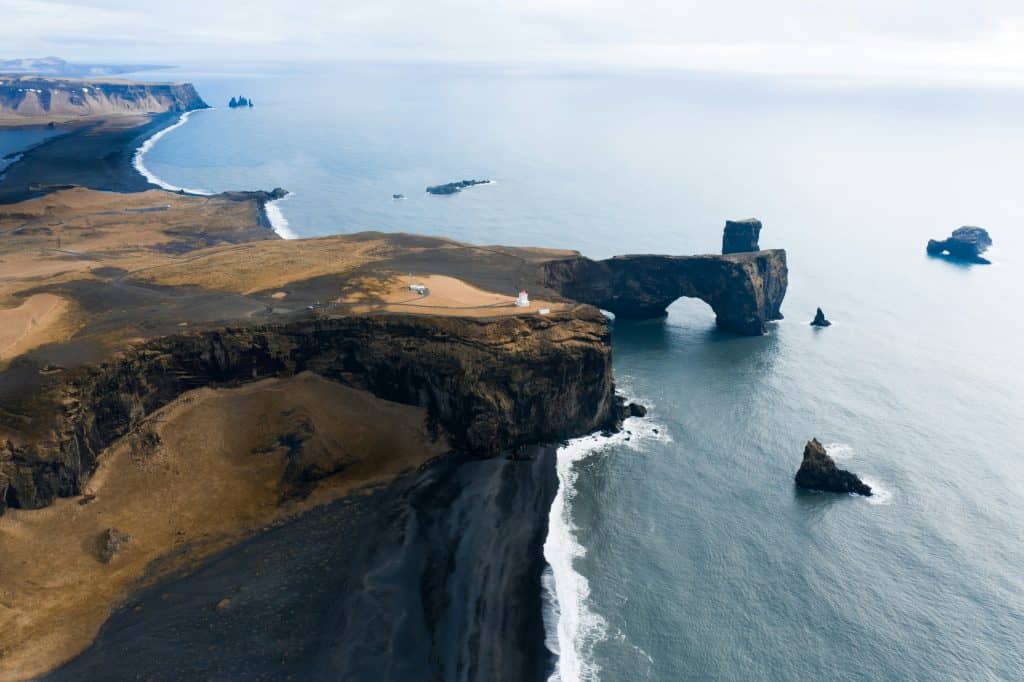
Up here on the cliff at Dyrhólaey, you’ve got a bit more space to breathe. Most visitors won’t venture much further than the lighthouse, but they surely should, as this short hike offers stunning views in all directions: the black sand coastline, sea cliffs, the glacier Mýrdalsjökull, and funny little puffins! They nest here on the cliffs, and you can observe them up close.
Hornstrandir
The most northwest, most remote, most wild. No roads, no hotels, no 4G, no inhabitants, and no crowds of tourists, that’s for sure. Hornstrandir isn’t your usual sightseeing where you rush off to see one tourist site after another. It’s very much what many would call no man’s land… except it’s the land of the foxes, but more on that a bit later.

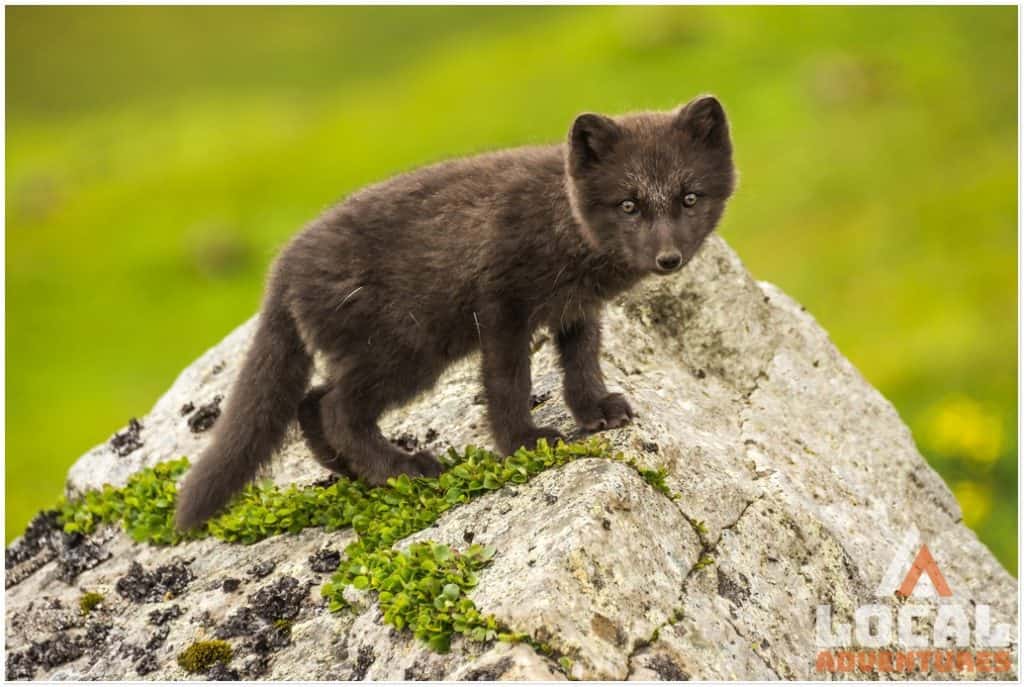
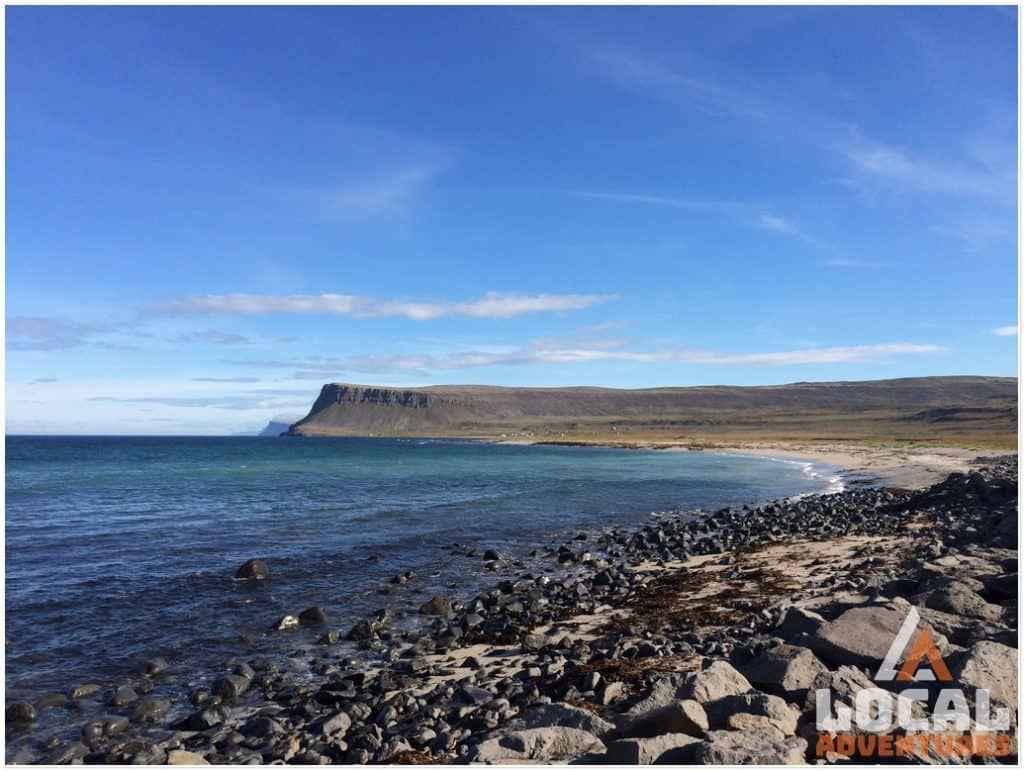
As the peninsula is completely isolated from the rest of Iceland by the Drangajökull glacier, getting there is an adventure in itself. Hiking up to Hornbjarg, the rock of horn, is something else.
Hornbjarg is an impressive cliff at the northern end of the peninsula and is among the highest sea cliffs in Iceland. A sheer wall of rock faces the ocean, while the landward side of this cliff is a lush green valley. Standing at the top of Hornbjarg, looking out over the ocean, is a moment you’ll always remember. It’s quiet, except for the sound of waves, harsh wind, and birds! You wouldn’t believe how many birds there are, nesting on the cliffside.
The best part? There are also many Arctic foxes. They roam free, without fear, and seeing them in their natural habitat really makes you appreciate the wildness of this place. It’s their land, and we’re just visitors passing through.
Dynjandi
Far out in the remote area of the Westfjords, hours away from the bustling ring road and any of Iceland’s tourist hot spots, lies one of the most beautiful waterfalls in the country – Dynjandi.
Even though it looks like a tiered wedding cake, the name Dynjandi means “thunderous,” and it all makes sense when you get close and feel the power of this waterfall. Dynjandi is impressively massive. With a height of 100 meters, the waterfall is one of the largest in the Westfjords and among the tallest in Iceland.
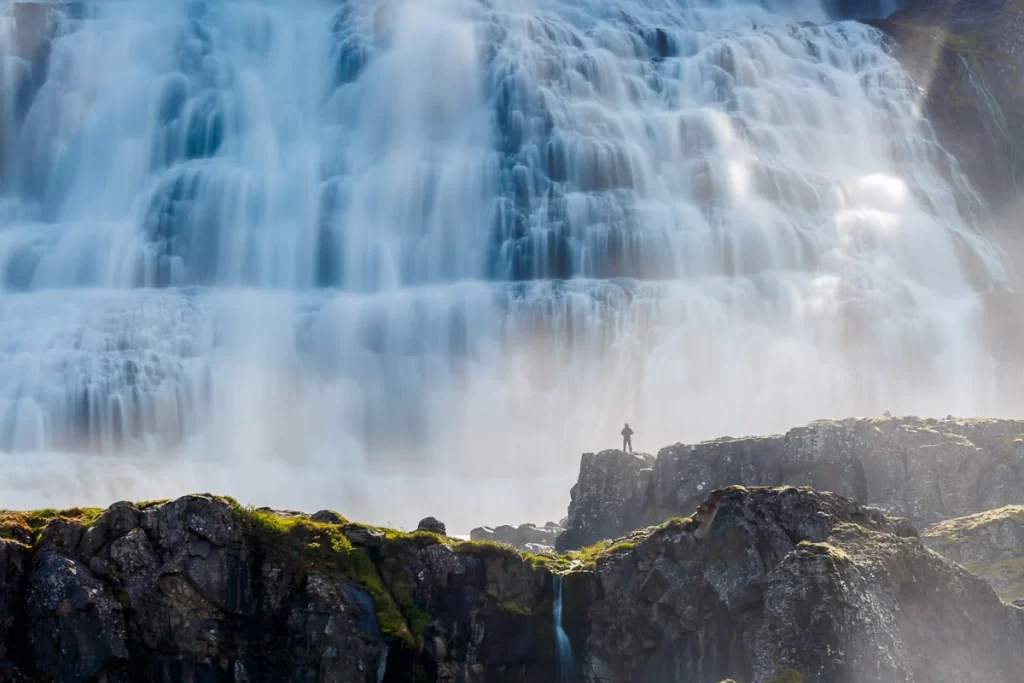
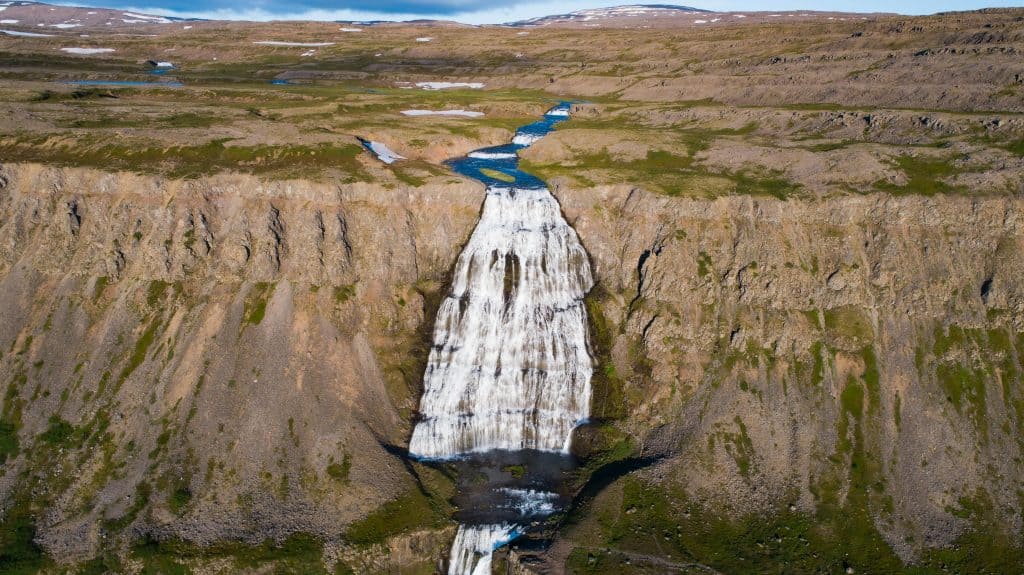
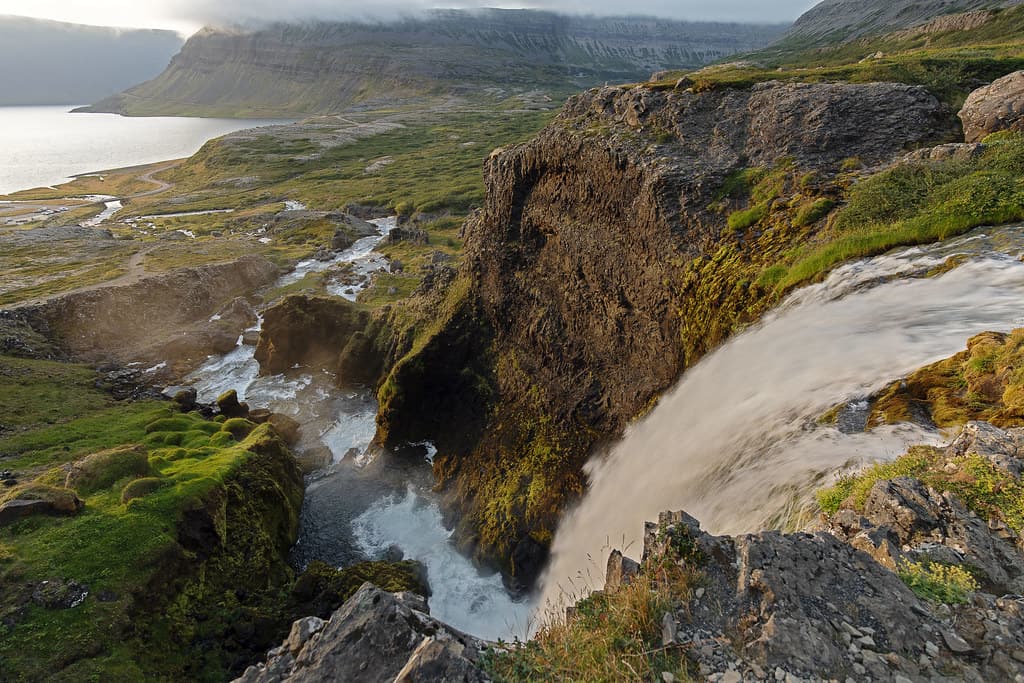
Just standing there and admiring everything around will take some time, as right beside the waterfall is the beautiful Arnarfjörður fjord. The fjord is home to a variety of wildlife, including seals, birds, and occasionally passing whales. According to folklore, you might even spot sea monsters, so be sure to bring a pair of binoculars.
Mývatn
Mývatn is both a lake and a region located in the north of Iceland, an extremely active geothermal area. The idyllic blue-green lakes, hot and bubbling mud pools, caves, sandy mountains, volcanic craters, and lava fields – it feels like someone gathered up many of the greatest national parks and tucked them into one little corner of North Iceland.
While age-old legend says that Lake Mývatn was created when the devil peed on it, it was actually formed by a basaltic lava eruption thousands of years ago. The lake is the fourth-largest lake in Iceland, and, together with its surrounding wetlands, is home to midges (not biters, but they can be a bit annoying) and various bird species, especially ducks.
Near the lake are moss-covered “hills” that may appear like ordinary hills from the side, but they are actually a group of pseudo craters called Skútustaðagíga. Unlike true craters formed by volcanic eruptions, these pseudo craters were created by gas explosions when boiling lava flowed over water. You can walk around and even on top of some of them to get a good view of the surrounding landscape.
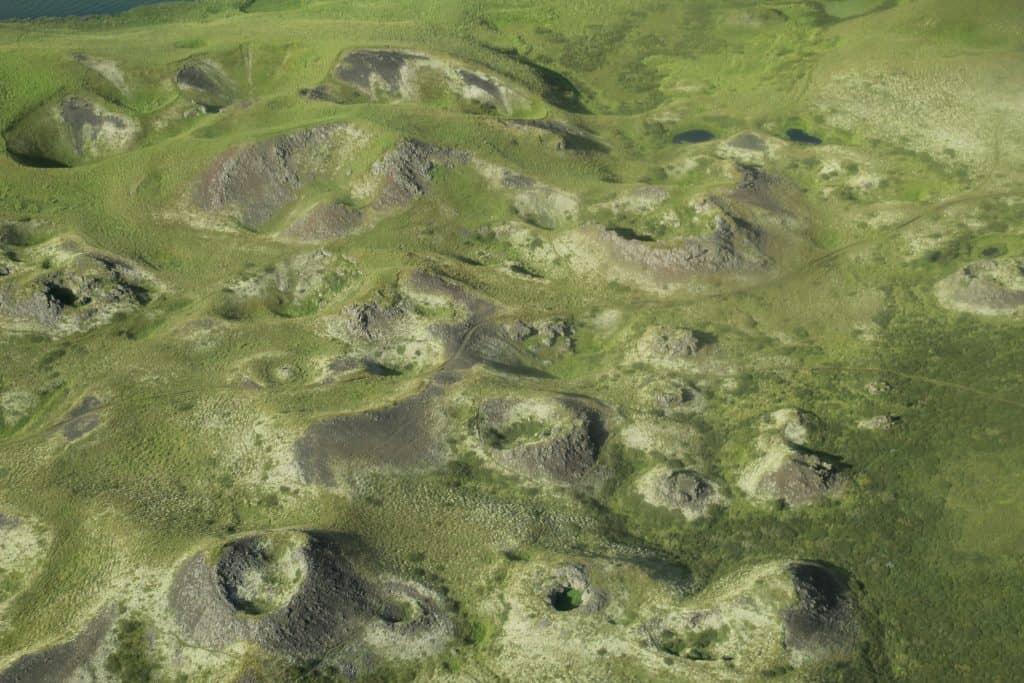

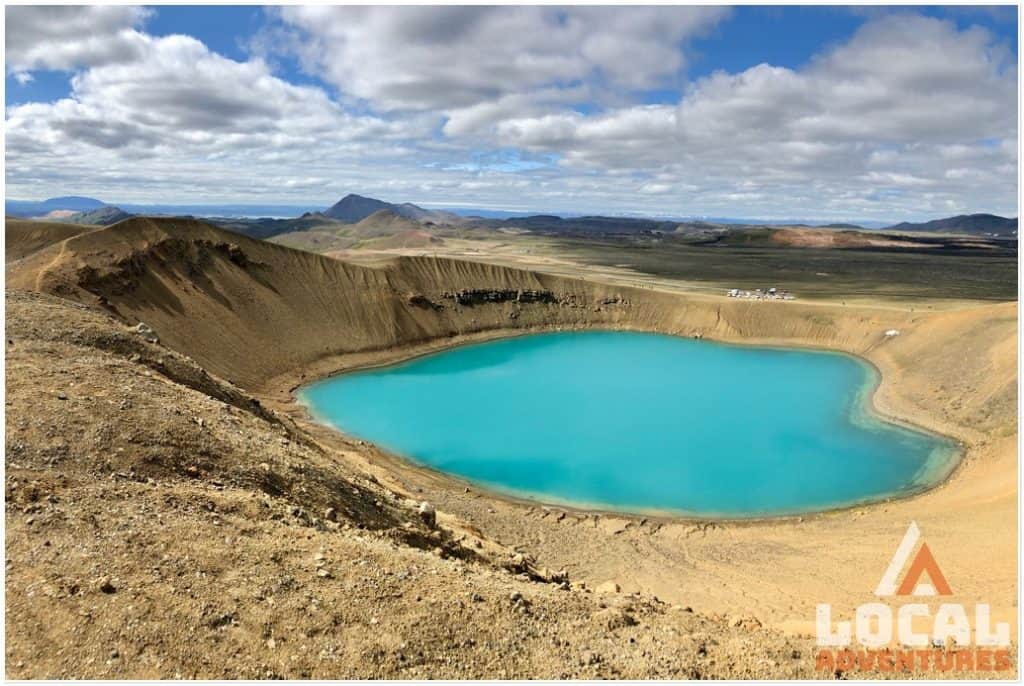
There is also Krafla, one of the most active volcanoes in Iceland, and the main reason why there are so many geothermal features in Mývatn. You will be surprised by the blues of the Viti Crater lake and the wonders all around, the beauty of Iceland never fails to leave you in absolute awe.
Let’s go on an adventure
Those are just a few of the places we plan to visit this summer. Take a peek at our tours and hey, see you on our next adventure.
All Categories
Recent Posts
Whale Watching Tips for Iceland Adventures
Hiking the Laugavegur Trail from Skógar to Þórsmörk
Hiking Through Þórsmörk to Alftavatn on the Laugavegur Trail
